Scott #291 is part of the 1898 Trans-Mississippi Exposition Issue, a series designed to showcase themes of western expansion, agriculture, and development in connection with the exposition held in Omaha, Nebraska. The fifty-cent denomination depicted the work of mining, an industry central to western settlement and national growth.
Within the nine stamps of the series, the 50-cent value represented the industrial side of expansion, contrasting with the agricultural and migration-focused designs of the lower denominations. Its issuance was not intended for everyday correspondence but instead for specific high-value postal uses, ensuring that the commemorative series contained denominations suitable for every tier of postal demand.
Design & Print
The Bureau of Engraving and Printing produced Scott #291 in 1898. The stamp was printed in sage green, a distinct color choice that immediately separated it from other values in the series. Its vignette, titled “Western Mining Prospector,” depicts a miner with equipment against a rugged landscape, capturing the arduous labor associated with resource extraction in the West. The frame follows the uniform style of the series, with “United States of America” at the top and “Fifty Cents” spelled out prominently at the bottom.
While exact production figures were determined according to demand, higher denominations like the 50-cent issue were printed in smaller quantities than the more commonly used 2-cent and 5-cent values, reflecting their more limited but essential purpose. The engraving demonstrates the technical capabilities of the Bureau at the time, with precise linework in both the prospector and the surrounding scene.
Postal Usage
In 1898, the 50-cent denomination was tied to specific, higher-rate postal services. Domestically, it was most frequently used on parcels and for large, multi-ounce letters where cumulative postage exceeded lower values. It also covered registered mail requiring substantial fees when combined with regular postage.
Internationally, the 50-cent value was often applied to bulkier correspondence or packages subject to Universal Postal Union regulations. The rate system in effect during the late 1890s necessitated a range of denominations to facilitate efficient payment for all classes of service, and the inclusion of a 50-cent stamp within the Trans-Mississippi series ensured that the commemorative set was functional as well as symbolic.
Identification
Scott #291 is identifiable by its sage green color and the distinctive mining vignette, which is unique to this denomination in the Trans-Mississippi set. The denomination appears in spelled-out form, “Fifty Cents,” in the lower frame panel, consistent with the typographic approach of the series.
The stamp is perforated 12, the standard measure for Bureau productions of the period. The engraving features fine detail in the prospector’s tools, clothing, and the surrounding mining environment, providing reliable points of reference for identification.
Compared to other denominations, Scott #291 is immediately set apart by both subject matter and color, ensuring clear distinction within the larger series. Experts rely on these combined characteristics—color, vignette, inscriptions, and perforation—to confirm its identity as the fifty-cent issue of the 1898 Trans-Mississippi Exposition series.

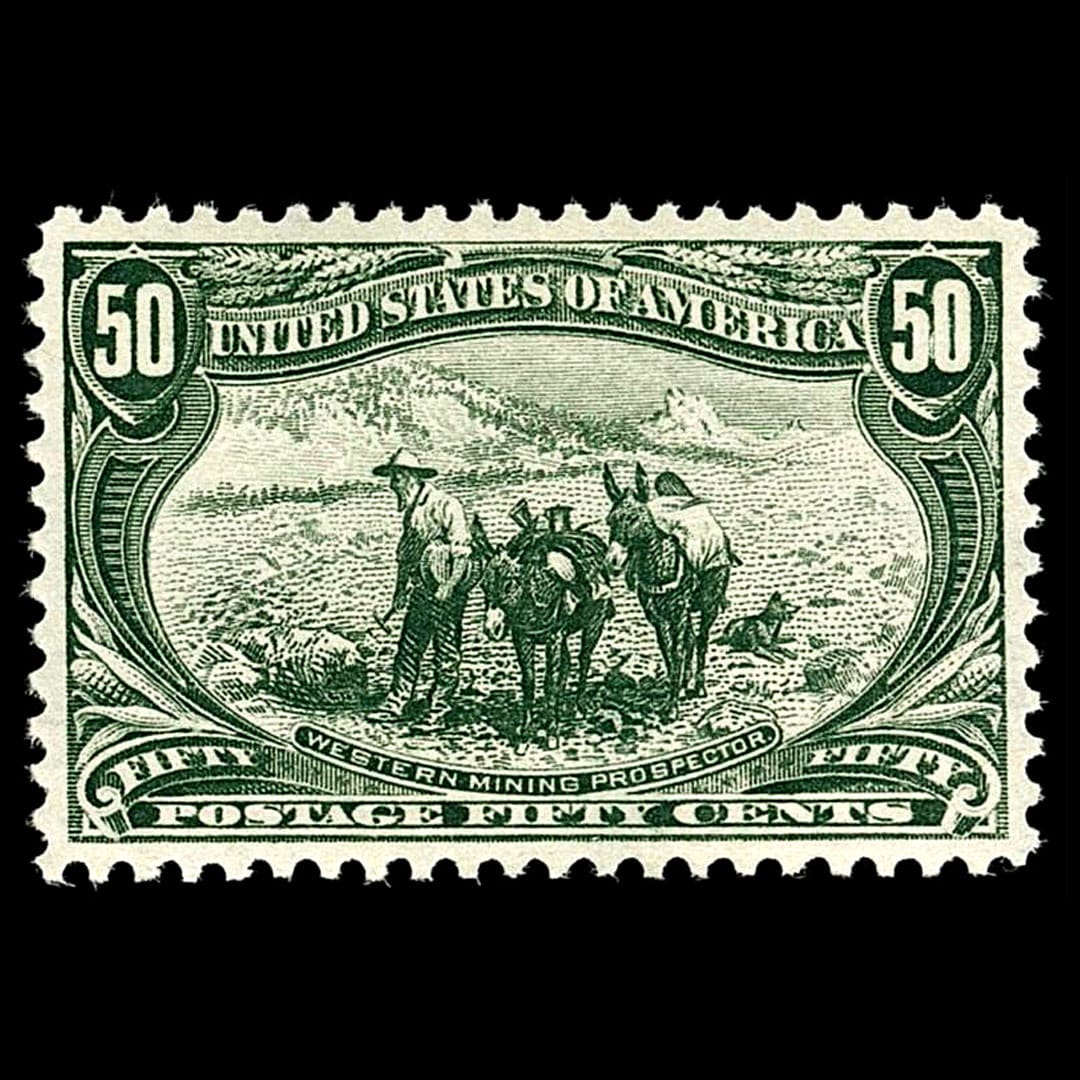

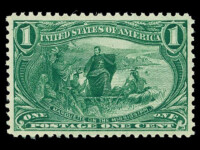
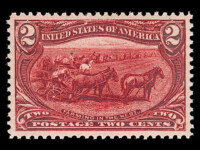



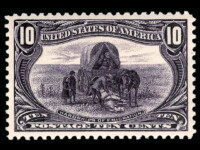

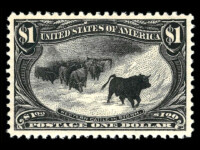













Ask A Question Or Leave A Comment